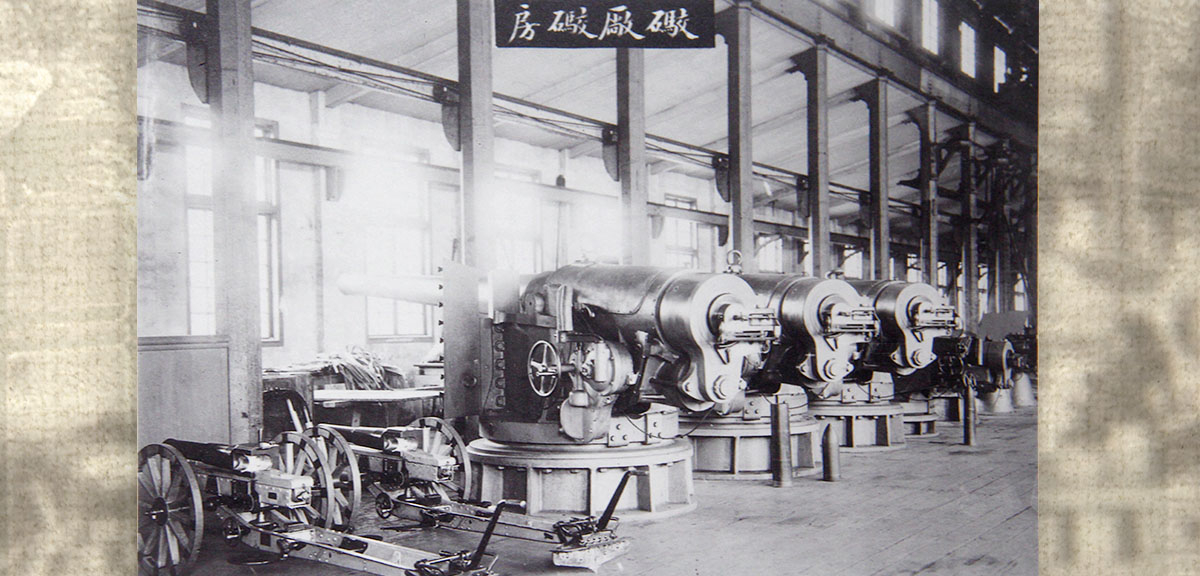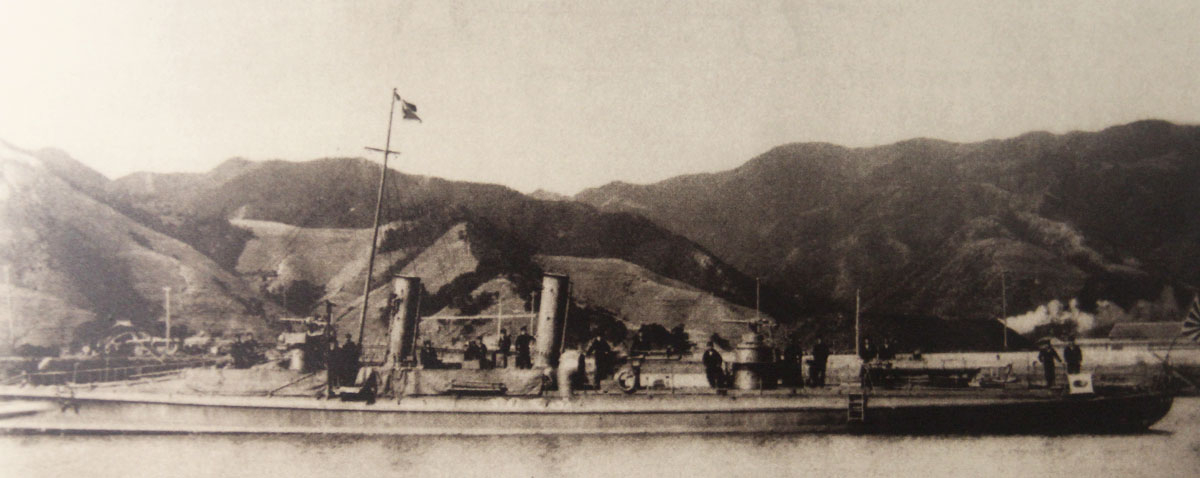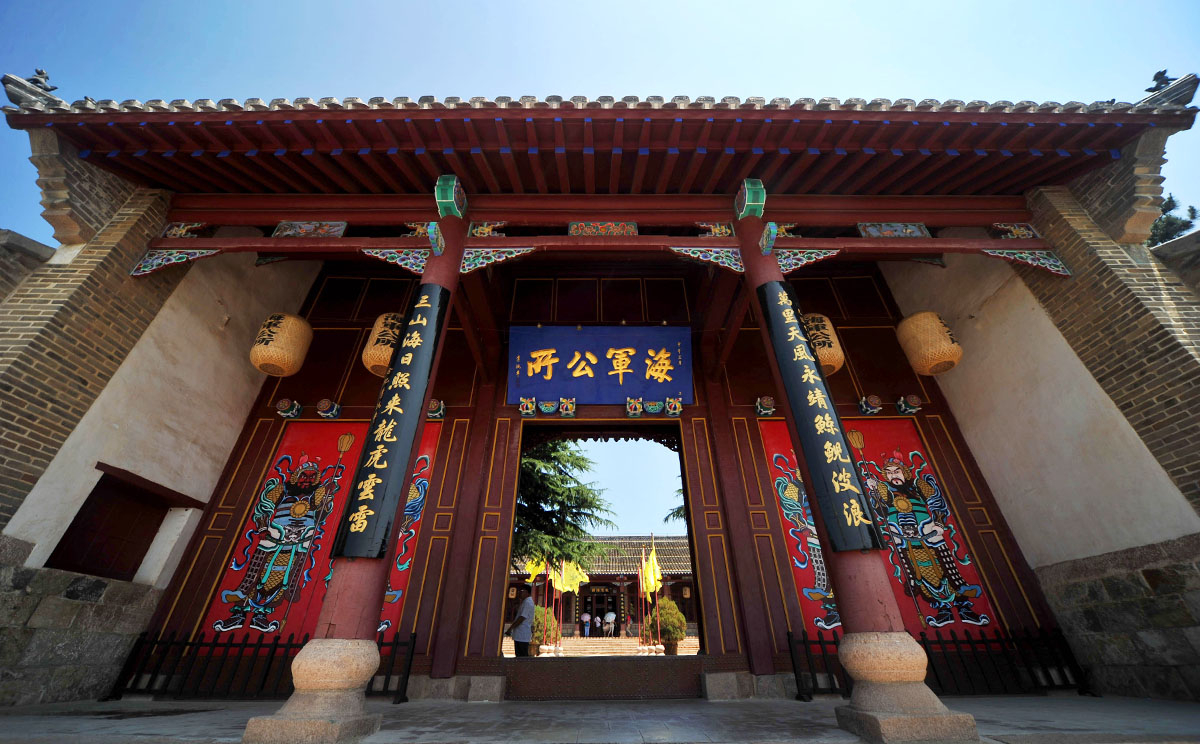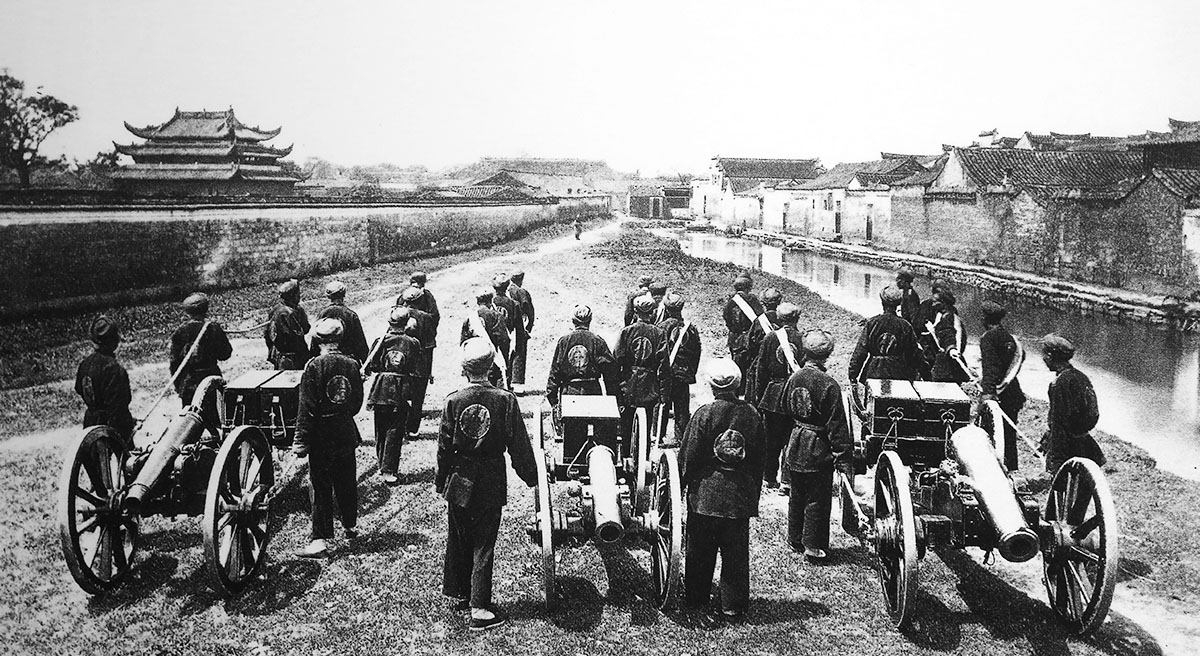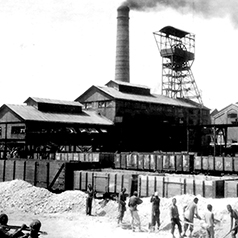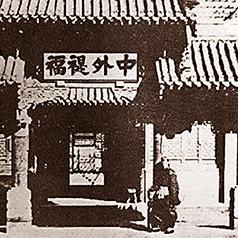Talent cultivation was the key objective of the Self-strengthening Movement. Meanwhile, it also focused on strengthening the national defence and industrial development in its early and later phases respectively. This was encapsulated in its early-stage slogan “self-strengthening (自強)” and the latter-stage slogan “wealth-building (自富)”. To shore up the nation’s defence, the Western Affairs Camp (洋務派) strove to learn about Western arms and tactics via:
Establishing military industries: Zeng Guofan (曾國藩), Li Hongzhang (李鴻章), and other members of the Western Affairs Camp established the Jiangnan Arsenal (江南機器製造總局) in Shanghai (上海) and the Jinling Arsenal (金陵機器製造局) in Nanjing (南京). These two arsenals along with the Tianjin Arsenal (天津機器製造局) and Hanyang Arsenal (漢陽兵工廠) were the most well-known arsenals of their time.
Warship building: More than 30 naval vessels were constructed since the establishment of the Fuzhou Arsenal (福州船政局).
Creating a modern navy: Funds were allotted for importing Western warships and naval weaponry. This enabled China to create four modernised fleets: the Beiyang Fleet (北洋水師), the Nanyang Fleet (南洋水師), the Fujian Fleet (福建水師), and the Guangdong Fleet (廣東水師).
Establishing naval bases: in 1885, the Board of Naval Affairs (海軍衙門) was officially established. The construction of major naval ports in Lushun (旅順) and Weihaiwei (威海衛) commenced the following year.
Setting up numerous naval academies: examples include the Beiyang Naval Academy (北洋水師學堂) in Tianjin (天津), the Guangzhou Torpedo Academy (廣州魚雷學堂), the Weihai Naval Academy (威海水師學堂), the Nanyang Naval Academy (南洋水師學堂), the Lushun Torpedo Academy (旅順魚雷學堂), the Jiangnan Military Academy (江南陸軍學堂), and the Shanghai Artillery Academy (上海操炮學堂).
These new military industries and the modernised naval and infantry forces boosted China’s military capability significantly during the Self-strengthening Movement.
|
|
Among the modernised fleets established during the Self-strengthening Movement, the Beiyang Fleet was the most distinguished. What areas did the Beiyang and Nanyang fleets patrol respectively? |
|
|
See answer below. |
A cannon factory in the Jiangnan Arsenal. To build a strong military with its own industrial base, the Western Affairs Camp devoted huge efforts to the construction of arsenals for the domestic production of modern weaponry. The Shanghai-based Jiangnan Arsenal, established in 1865, was China’s largest arsenal in its time and made a name for itself both in China and overseas.
Gun manufacturing facilities in the Jiangnan Arsenal.
The Jinling Arsenal in Nanjing was another of China’s renowned arsenals. Pictured are workmen assembling cannons.
The Tianjin Arsenal also made a name for itself during the Self-strengthening Movement.
The warship Guangbing (廣丙號) constructed by the Fuzhou Arsenal. Coastal defence was a focus of the Self-strengthening Movement. Modern warships were built to safeguard the coasts. The Fuzhou Arsenal, which housed China’s first modern shipyard in the early modern era, produced more than 30 ships.
The torpedo boat Fulong (福龍號) purchased from Germany. While some warships were built in China, some advanced models were purchased from overseas by the Western Affairs Camp. These new vessels were used to assemble modern naval fleets.
As China’s navy continued to expand with new vessels, new naval ports were also constructed. Lushun grew into a massive naval port during the Self-strengthening Movement.
The modern-day photo of the Admiral Department (海軍公所) located on Liugong Island (劉公島), Shandong Province (山東). It was once the headquarters of the Beiyang Fleet. The naval port in Weihaiwei, the base of the Beiyang Fleet, was fortified by batteries lined with heavy cannons and designed to service a large number of vessels of various classes. In its time, it was one of the world’s few large-scale modern naval ports.
A group photo of students of the Fuzhou Academy of Naval Administration (福州船政學堂) taken in the early 1870s. Apart from setting up academies in China to train navy and naval administrative talents, the Western Affairs Camp also sent students to Western countries to acquire relevant knowledge.
Soldiers of the Huai Army (淮軍) performing an artillery drill. The Huai Army was established by Li Hongzhang in 1862. In its early days, its primary mission was to quell anti-Qing forces. Later, augmented by Western-style training and Western armaments, it became the Qing Empire’s mightiest infantry during the Self-strengthening Movement. China’s efforts in self-strengthening over three decades were starting to pay off - with its new military industries and modernised naval and infantry forces, the country’s military capability increased significantly.
|
|
Among the modernised fleets established during the Self-strengthening Movement, the Beiyang Fleet was the most distinguished. What areas did the Beiyang and Nanyang fleets patrol respectively? |
|
|
Over its long history, China has had a variety of names for the world’s oceans. Between the late Qing period and early Republican era, the ocean encompassing Southeast Asia was called Nanyang (Southern Ocean, 南洋), the one encompassing Japan was called Dongyang (Eastern Ocean, 東洋), and the one encompassing Europe and the Americas was called Xiyang (Western Ocean, 西洋). However, the more Westernised fleets figured in the Self-strengthening Movement mainly patrolled China’s coastal waters, with the Beiyang Fleet responsible for the coastal waters north of Jiangsu Province (江蘇) near Shandong Province, Hebei Province (河北), and Liaoning Province (遼寧) or the present-day Yellow Sea and Bohai (渤海) region). Nanyang, referring to the coastal waters of Jiangsu to Guangdong (or the region around the present-day East China Sea to the South China Sea), was patrolled by three fleets, namely the Nanyang Fleet for the coasts of Jiangsu and Zhejiang (浙江); the Fujian Fleet for the coast of Fujian and the Guangdong Fleet for the coasts of Guangdong and Guangxi (廣西). |
Source of most photos used in this feature piece: Fotoe





